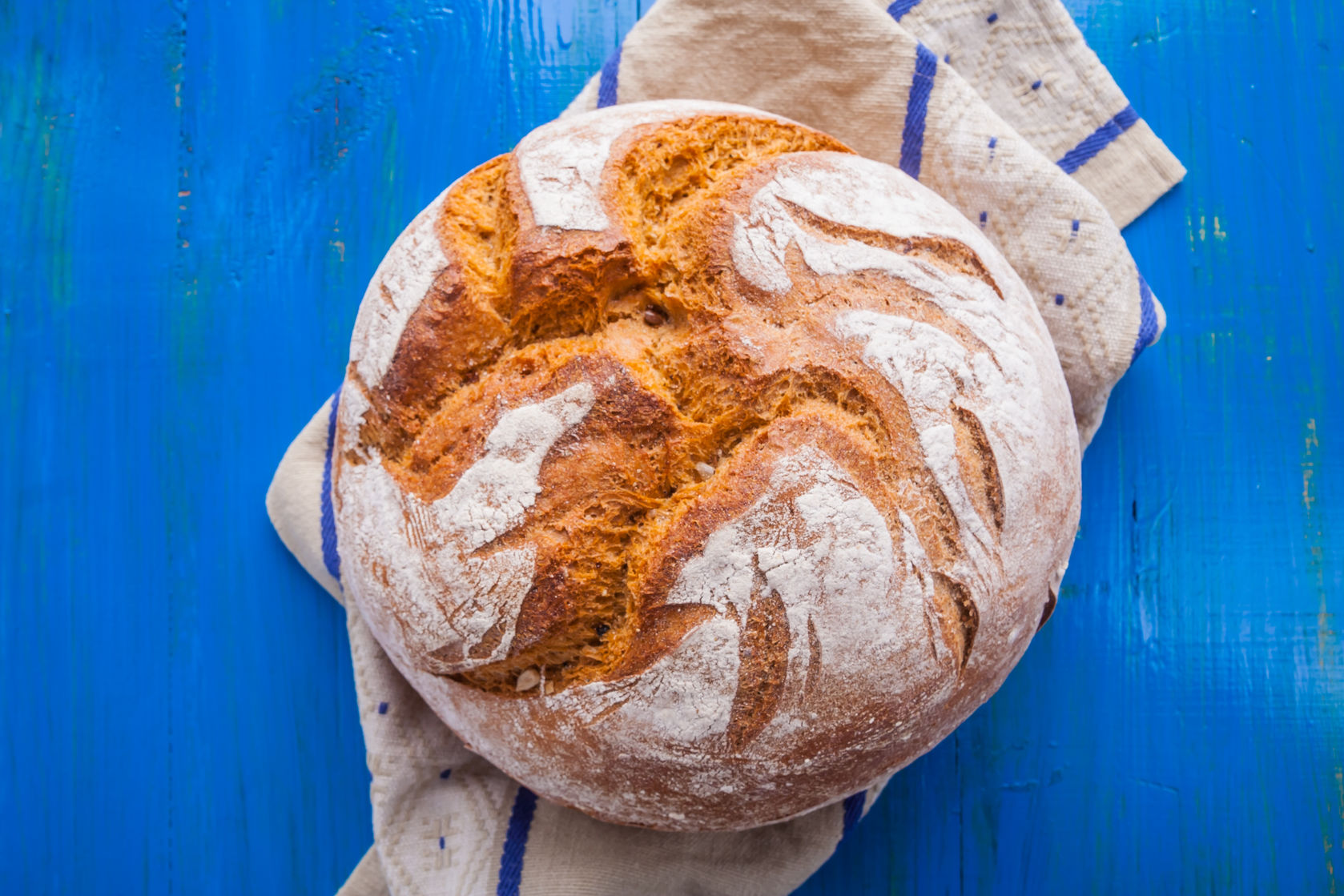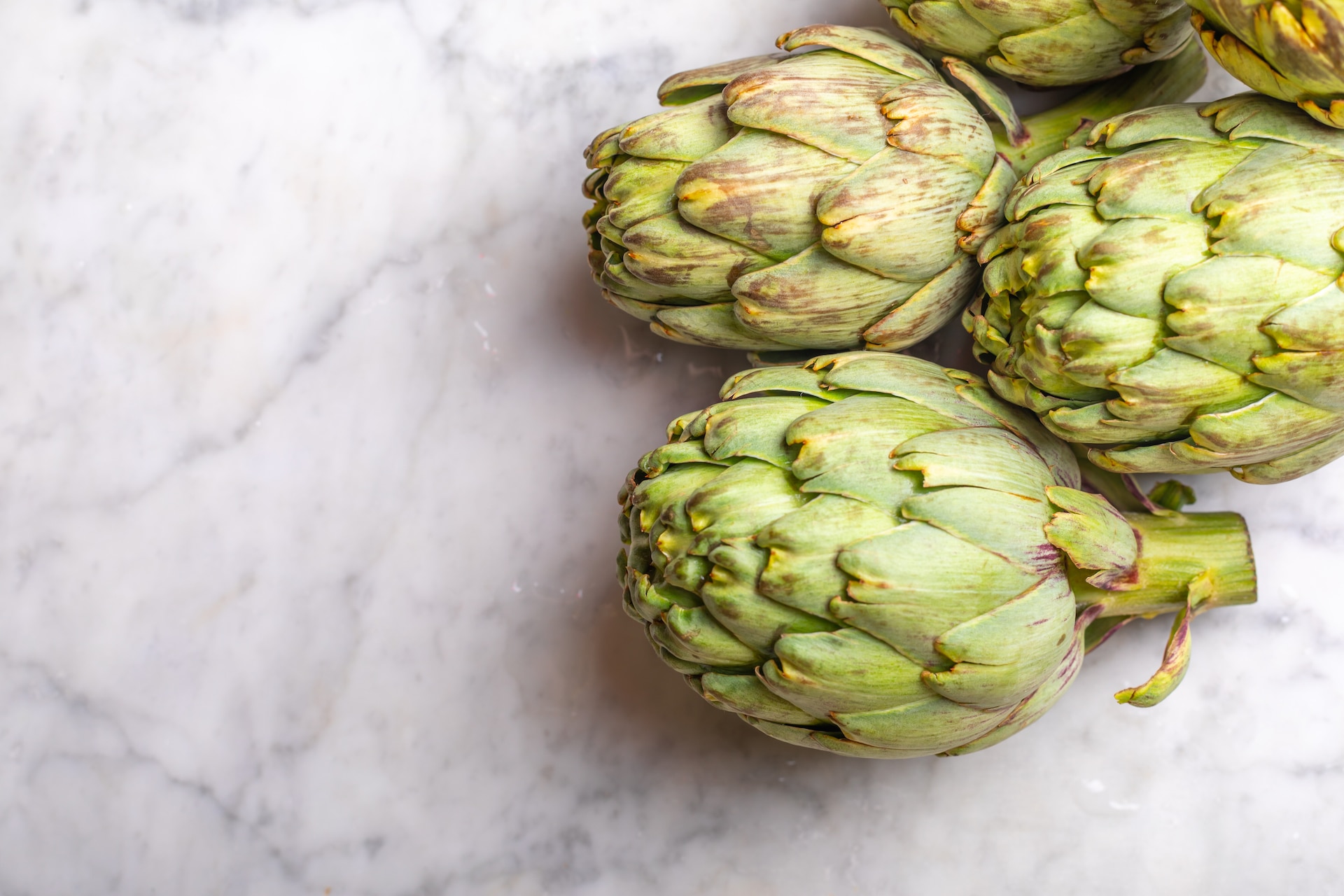 Eat Empowered
Eat Empowered  Healthy Eating Tips
Healthy Eating Tips
Can Cheese Be Part of a Healthy Diet?
Home » Eat Empowered » Healthy Eating Tips » Can Cheese Be Part of a Healthy Diet?
Q: I’ve seen a lot of conflicting information on whether cheese can be part of healthy diet. Overall, is cheese healthy?
A: This is a great question, since a lot has changed over the years in terms of what we know about cheese and the nutrients it provides.
My short answer is that you can absolutely eat cheese regularly as part of a healthy diet, but (you knew there was a “but”, didn’t you?) you shouldn’t treat it like a vegetable. You’ve got to choose the kind of cheese you’re eating wisely and pay serious attention to portion control.
Here’s a little basic background info that will help you do just that.
Facts on Fat and Cholesterol
The question “Is cheese healthy?” inevitably makes you think “It can’t be!” because it contains lots of fat and cholesterol. But while we used to think that all high-fat foods like cheese were associated with conditions like obesity and heart disease, science has since shown fats are far from created equal.
RELATED: Why Fat Doesn’t Make You Fat
Different fatty acids affect markers like inflammation and insulin levels in complex ways, and while more research is needed, some suggests cheese may not be a bad guy in this realm. For instance, researchers at Harvard identified a fatty acid in cheese that may reduce the risk of type 2 diabetes, and a 2016 meta-analysis found that eating cheese daily was associated with a lower risk of heart disease.
Similarly, cheese contains a lot of cholesterol, but eating high-cholesterol foods doesn’t necessarily lead to high blood cholesterol levels that raise the risk of heart disease, stroke, and diabetes. Small studies have even shown that eating cheese, specifically, doesn’t raise blood cholesterol levels.
How to Control Portions and Be Picky
Even with all of that out of the way, cheese is still a fatty, high-calorie food, so you shouldn’t start eating it like it’s broccoli. A healthy portion is one ounce, which equals about one slice, two small cubes, or two tablespoons, depending on the cheese.
RELATED: A Quick Primer on Healthy Portion Sizes
The good news: You already know you need plenty of protein, and the protein-fat combo in cheese makes it super satiating, so you should fill up fast if you’re eating it alongside other healthy foods like fruits and veggies. In other words, a little bit goes a long way in terms of including it in a healthy, satisfying meal.
Other pro tips? Choose cheeses with sharp, bold flavor, like extra sharp cheddar, salty feta, or a stinky blue. They provide a lot of flavor in small amounts when you sprinkle them on a salad, for instance. And stock your cheese plate with vegetables, nuts, and seeds, for balance. Finally, choose the least processed cheeses (Kraft singles aren’t cheese, okay?) and opt for organic and grass-fed when possible, to avoid hormones given to dairy cows and pesticides in feed.
The Nutritious Life Editors are a team of healthy lifestyle enthusiasts who not only subscribe to — and live! — the 8 Pillars of a Nutritious Life, but also have access to some of the savviest thought leaders in the health and wellness space — including our founder and resident dietitian, Keri Glassman. From the hottest trends in wellness to the latest medical science, we stay on top of it all in order to deliver the info YOU need to live your most nutritious life.
RECENT ARTICLES

Want a sneak peek inside the program?
Get FREE access to some of the core training materials that make up our signature program – Become a Nutrition Coach.
Get Access












































































































































































































































































































































































































































































































































































































































































































































































































































































































































































































































































































































































































































































































































































































































